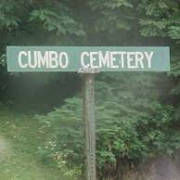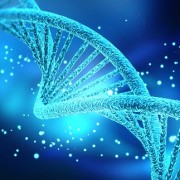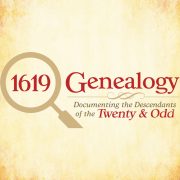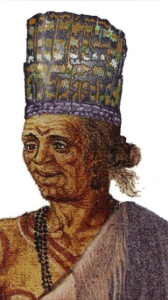EMMANUEL CAMBOW / CUMBO – One of the “Twenty and Odd”
Emanuel Cambow (Cumbo), “a free African,” was granted 50 acres in James City County, Virginia before 18 April 1667. There are very few Africans who had the ability to manuever through the English judicial system to earn their freedom, much less hold title to their own land. Emmanuel Cambow/Cumbo was one of them. Like others who accomplished this feat – he is possibly one of the first “twenty and odd” unnamed in the residence of Gov. George Yeardley.
Descendants of Emanuell CAMBOW (CUMBO)
1st Generation
1. EMANUEL1 CAMBOW (CUMBO) was born abt. 1614 in Angola. He died in the English colony of Virginia.
2nd Generation
2. RICHARD CAMBOW JR. (Emanuel1 CAMBOW (CUMBO), Emanuell1) was born by 1667 in Charles City, Charles, Virginia. He died in Apr 1741 in Charles City, Charles, Virginia. He married Ann DRIGGERS in 1687 in Charles City County, VA. Ann died in 1740 in Charles City County, VA,
Richard CAMBOW and Ann DRIGGERS had the following children:
i. MARY CAMBOW was born in 1724 in Virginia.
ii. PAUL CAMBOW was born in 1726 in Charles City, Charles, Virginia,
iii. DAVID CAMBOW was born in 1722 in Virginia, United States. He died in Granville County, North Carolina..
iv. RICHARD, Jr. CUMBO was born in 1715 in Virginia, United States. He died in 1800 in VA.
3. v. JOHN CUMBO was born by 1700 in Charles City, Charles, Virginia. He died in 1780 in Halifax, Virginia, United States. He married SUSANNAH in 1727 in Surry, VA. She was born by 1702 in Surry, VA. She died in 1780 in Halifax, Virginia, USA.
4. vii. GIDEON CAMBOW was born by 1702 in Virginia. He died in Halifax, Halifax, Virginia.






